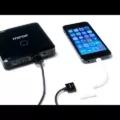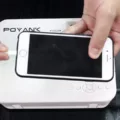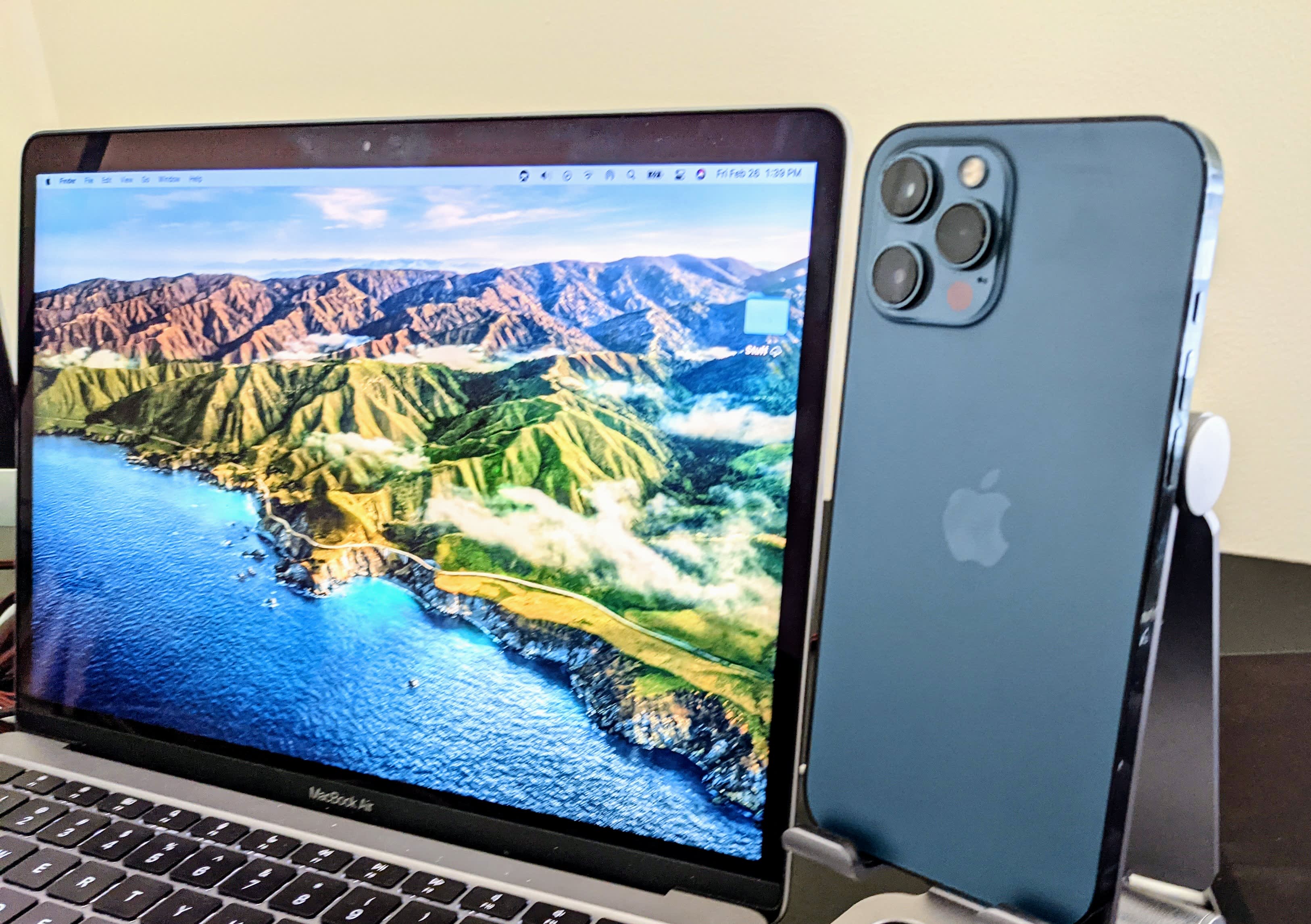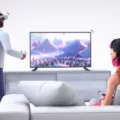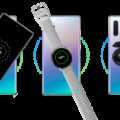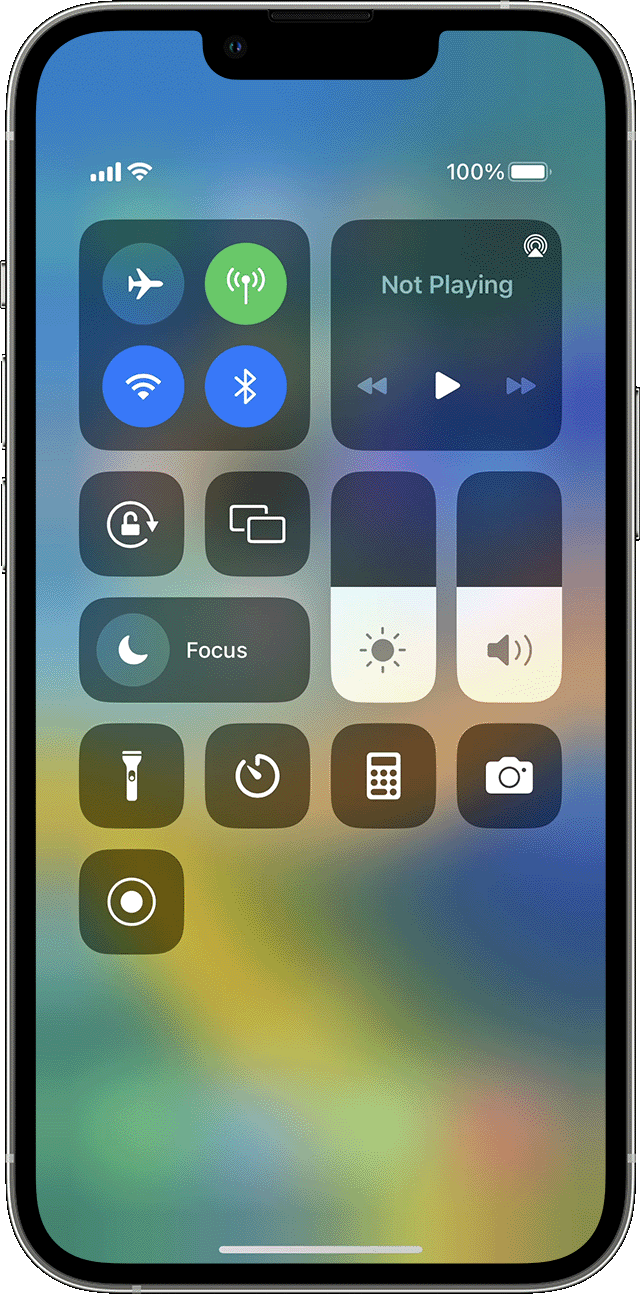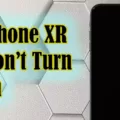The iPhone is one of the most popular devices on the market today, and for good reason. Its sleek design and intuitive operating system make it easy to stay connected to the world aroud you. But what if you want to take your iPhone experience to the next level? With the right accessories, you can easily turn your iPhone into a powerful home theater system by connecting it to your TV with HDMI.
Connecting an iPhone with HDMI is a straightforward process that requires only a few steps. First, make sure that both your TV and iPhone support HDMI connections. Most modern TVs do, but if you don’t have an HDMI port on your TV, you’ll need to invest in an adapter or converter. Once you’ve confirmed that both devices are compatible with HDMI connections, grab an HDMI cable and plug one end into the back of your TV and the other end into the Lightning Digital AV Adapter that coes with newer iPhones. Finally, plug the adapter into your phone’s Lightning port and switch your TV input source to “HDMI”—voila! You now have a direct connection between your iPhone and TV.
Once connected, you can stream movies from iTunes or Netflix directly from your phone onto your big-screen TV. You can also mirror what’s happening on your device—such as apps or games—onto your television set so that you get a better viewing experience. And if you have an Apple TV device at home, connecting it via HDMI will give you access to even more streaming services such as Hulu, Disney+, YouTubeTV, SlingTV and Amazon Video Prime—all with just one cable!
By connecting an iPhone with HDMI cable to a compatible television set, users can enjoy all of their favorite content in Full HD resolution while taking advantage of their device’s advanced features like AirPlay Mirroring or Dolby Audio support for enhanced sound quality. Whether it’s streaming movies from iTunes or mirroring apps onto a bigger screen for gaming purposes, connecting an iPhone with HDMI makes it easier than ever before to maximize entertainment options without having to invest in additional hardware like Apple TVs or gaming consoles.
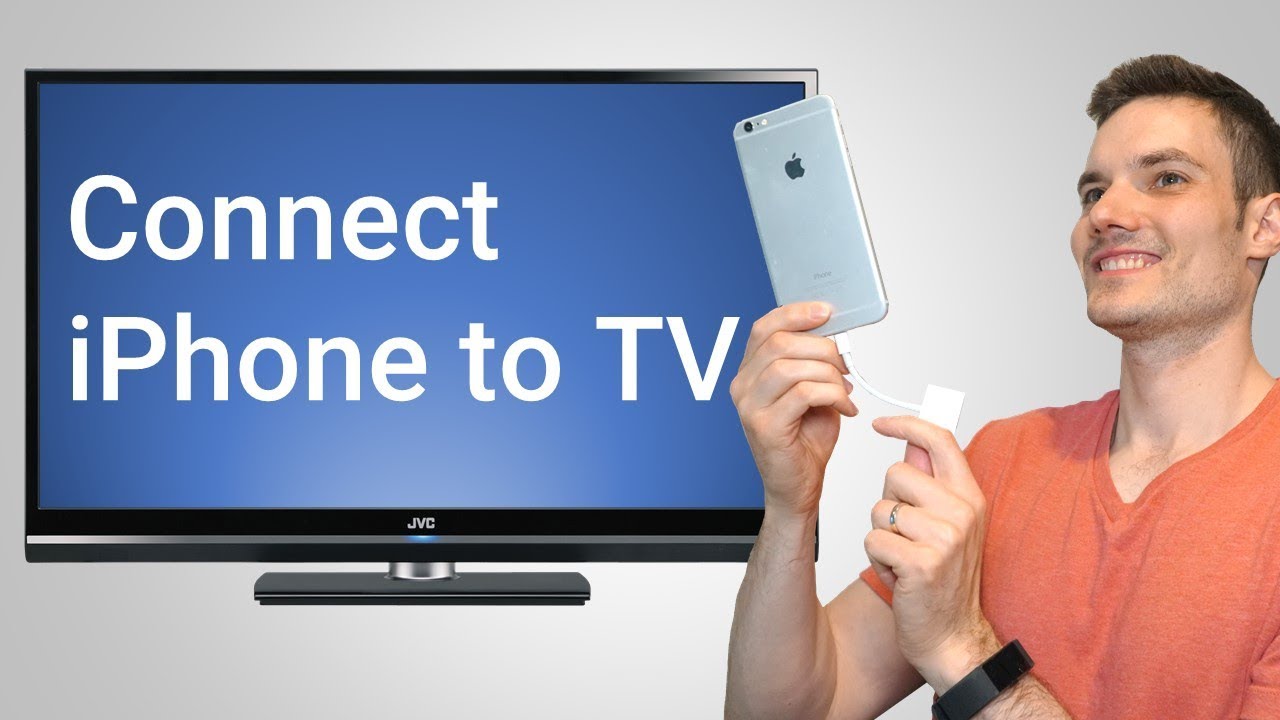
Mirroring an iPhone to a TV Using an HDMI Cable
Yes, you can mirror your iPhone to a TV using an HDMI cable. To do so, you’ll need an Apple Lightning Digital AV Adapter and a compatible HDMI cable. To connect the adapter and the cable, simply plug one end into your TV and the other into the adapter, then plug the Lightning cable into your iOS device. Once connected, set your TV to the appropriate input so that it displays what is on your device’s screen.
Displaying an iPhone on a TV
To display your iPhone on your TV, you will need to connect your iPhone, iPad, or iPod touch to the same Wi-Fi network as your Apple TV, AirPlay 2-compatible smart TV, or Mac. Once connected, open Control Center and tap Screen Mirroring. Select your Apple TV, AirPlay 2-compatible smart TV, or Mac from the list and you should be able to view the content of your iPhone on the larger display.
Screen Mirroring Using HDMI
Screen mirroring with HDMI is a simple process. First, connect your laptop to the HDMI adapter (if you have one), and then connect the adapter to your TV or other video source. Next, set your TV to the correct HDMI or input channel. Your laptop should then briefly blink as it configures the settings. Finally, Windows should automatically recognize your TV’s output settings and adjust accordingly. Once this is done, you can easily mirror your laptop screen on your TV!
Streaming from Phone to TV Using HDMI
To stream from your phone to your TV usng HDMI, you’ll need a few things: an HDMI cable, a USB-C to HDMI adapter, and a phone that supports HDMI Alt Mode. First, plug the USB-C end of the adapter into your phone and then plug the other end into the HDMI cable. Next, plug the cable into your TV’s HDMI port. Finally, check that your phone’s settings allow for video output over HDMI (this is called ‘HDMI Alt Mode’). Once you’ve done this, you should be able to stream content from your phone to your TV.
Troubleshooting HDMI Adapter Issues on iPhone
The HDMI adapter may not be working on your iPhone for a few possible reasons. First, make sure that your HDMI cable is functional and not faulty. Remove any VGA or HDMI extension cables or converters, as accessories that convert a VGA or HDMI signals to different video formats (DVI, Composite, Component) aren’t compatible. Second, check that you have the latest version of iOS installed on your device. If the issue persists aftr these steps, it’s possible that the adapter itself may be malfunctioning and you should contact the manufacturer for further assistance.
Connecting an iPhone to a TV Without Wi-Fi
You can connect your iPhone to your TV without Wi-Fi by using an Apple Lightning Connector and an HDMI cable. To do this, first plug the Lightning Connector into the bottom port of your iPhone. Then, attach one end of the HDMI cable to your TV and the other end to the Lightning Connector. After that, you should be able to mirror your iPhone’s screen on your TV instantly!
Troubleshooting Issues with Connecting Phone to TV via HDMI
If you are trying to connect your Android phone to your TV via an HDMI cable and it isn’t working, there are a few potential causes. First of all, check that the HDMI cable is securely connected to both the TV and the phone. If it is not, try reconnecting it.
If that doesn’t work, it is possible that your phone does not have an HDMI port – many Androids do not. You can check this by looking for an HDMI port on the side or back of your phone (it will look like a small rectangle). If you do not find one, you will need to buy a micro USB-to-HDMI converter and power cable in order to complete the connection.
Finally, if your Android device does have an HDMI port and you have connected everything properly but it still won’t recognize the connection, try restarting both the TV and the phone. This can often solve minor technical issues.
Does My Phone Support HDMI Output?
To determine if your phone supports HDMI output, you fist need to check the type of charging port it has. If your phone has a USB-C port, then it likely supports HDMI output via an HDMI Alt Mode cable. To confirm this, you should consult your device’s user manual or contact the manufacturer for more information.
Troubleshooting Issues with Connecting an iPhone to a TV
If your iPhone is not playing on your TV, it’s likely due to a connectivity issue between the two devices. To troubleshoot the problem, make sure that your AirPlay-compatible devices are turned on and near each other. Check that they are updated to the latest software and connected to the same Wi-Fi network. If you’re still having trouble, try restarting both of the devices that you want to use with AirPlay or screen mirroring.
Does My Phone Have HDMI Alt Mode?
To determine if your phone has HDMI Alt mode, you will need to check if it has a USB Type-C port. USB Type-C ports are small, thin, and oval-shaped (8.24mm x 2.4mm). Most newer Android phone models from Google and Samsung Galaxy have these ports and conseqently support HDMI Alt mode. You can also refer to the device’s manual or manufacturer’s website to see if this feature is supported by your phone.
Troubleshooting ‘No Signal’ Error When HDMI Is Plugged In
It’s possible that your TV is not receiving a signal from the HDMI connection. This could be beause the cable might be loose, damaged or incompatible with the TV. It could also be that the source device (such as a Blu-ray player or gaming console) isn’t sending out a signal. You can try to troubleshoot this issue by making sure both the TV and source device are turned on, then disconnecting and reconnecting the HDMI cable. If your TV supports HDMI Enhanced Format and the source also supports 4K, turn on the HDMI Input Enhanced setting to receive high quality 4K signals from the source.
Troubleshooting HDMI Adapter Issues
It is possible that your HDMI adapter is not working due to several reasons. First of all, check if the cable you are using is properly connected and in good condition. Secondly, make sure that both your HDMI adapter and the device it is connected to are powered on. If both these conditions are met, it could be an issue with your computer’s graphics driver or the USB to HDMI adapter driver. To resolve this issue, try updating your graphics driver or reinstalling the USB to HDMI adapter driver from its vendor’s website. Additionally, you can try connecting the HDMI adapter to a dfferent port or device. If none of these steps help, you may need to contact the customer support of either your computer manufacturer or the manufacturer of your USB to HDMI adapter for further assistance.
Connecting an HDMI Cable to an iPhone
Yes, you can connect HDMI to your iPhone. To do this, you need to use an adapter such as a Digital AV Adapter or VGA Adapter. Once you have the adapter, plug it into the charging port on the bottom of your iOS device. Then connect an HDMI cable to your adapter and the othr end of the HDMI cable to your secondary display (TV, monitor, or projector). Your iPhone should then be able to display its contents on the external screen.
Watching Netflix on TV from iPhone Using HDMI
First, you need to buy an Apple’s lightning to digital AV adapter. This adapter allows you to connect your iPhone to an HDMI cable. Once you have the adapter, connect one end of the HDMI cable to the adapter and the oter end to your TV. After the connection is established, open the Netflix app on your iPhone and select the show or movie that you want to watch. Then, select the AirPlay option from within the Netflix app – this will enable streaming from your iPhone to your TV. Finally, select your TV from the list of available options and start watching Netflix!
Conclusion
The iPhone is a revolutionary device that has changed the way we thik about communication and computing. It has brought together the power of a personal computer and the accessibility of a cellphone into one integrated device. Its intuitive interface makes it easy to use, and its advanced features have opened up many new possibilities for communication. The iPhone is an essential tool for modern life, allowing users to stay connected, entertained, and productive. Its wide range of apps and customizability make it the perfect device for anyone looking for a powerful, reliable, and versatile mobile device.

